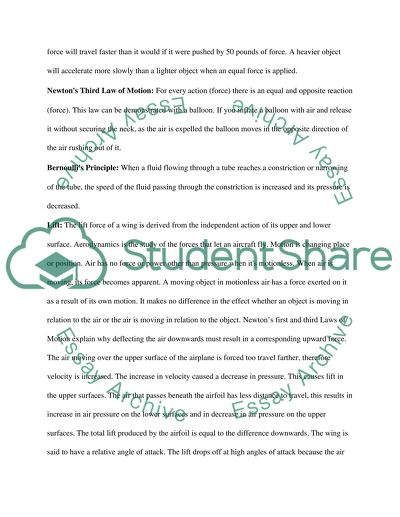Cite this document
(“Math in Aviation Essay Example | Topics and Well Written Essays - 1000 words”, n.d.)
Math in Aviation Essay Example | Topics and Well Written Essays - 1000 words. Retrieved from https://studentshare.org/miscellaneous/1522017-math-in-aviation
Math in Aviation Essay Example | Topics and Well Written Essays - 1000 words. Retrieved from https://studentshare.org/miscellaneous/1522017-math-in-aviation
(Math in Aviation Essay Example | Topics and Well Written Essays - 1000 Words)
Math in Aviation Essay Example | Topics and Well Written Essays - 1000 Words. https://studentshare.org/miscellaneous/1522017-math-in-aviation.
Math in Aviation Essay Example | Topics and Well Written Essays - 1000 Words. https://studentshare.org/miscellaneous/1522017-math-in-aviation.
“Math in Aviation Essay Example | Topics and Well Written Essays - 1000 Words”, n.d. https://studentshare.org/miscellaneous/1522017-math-in-aviation.


